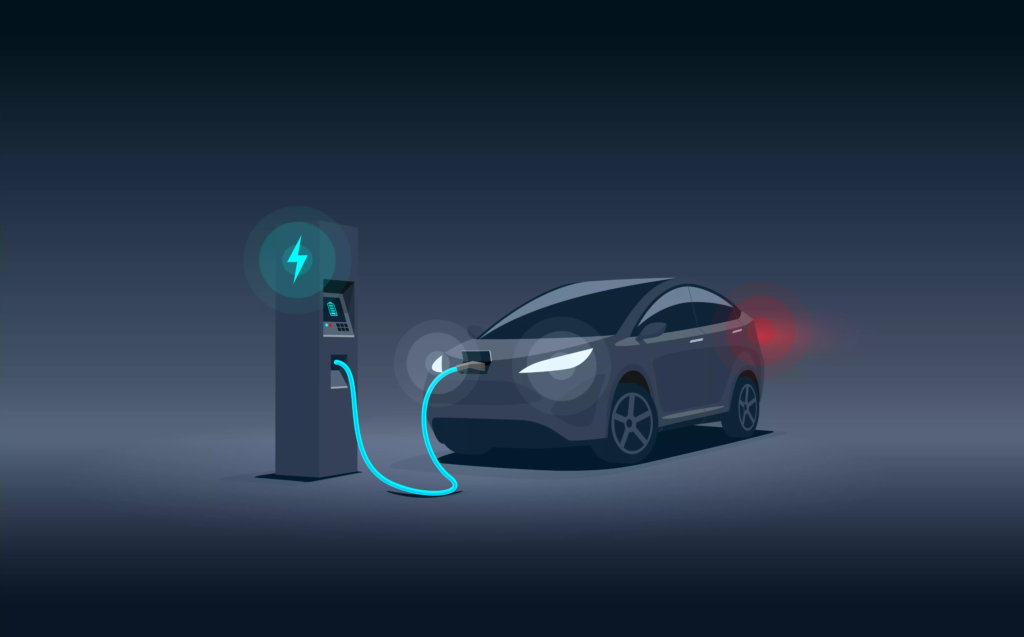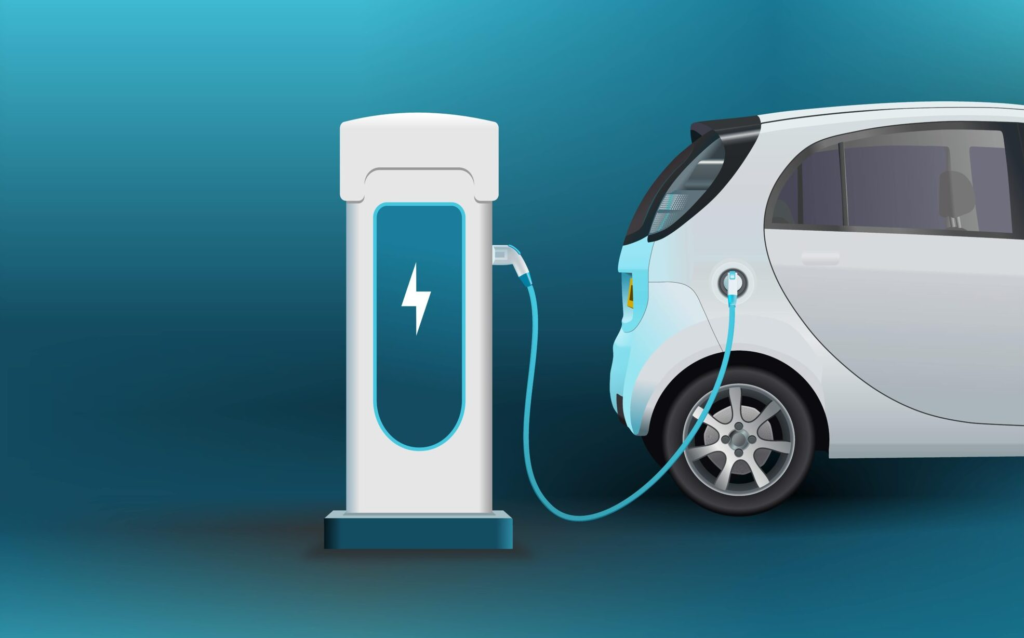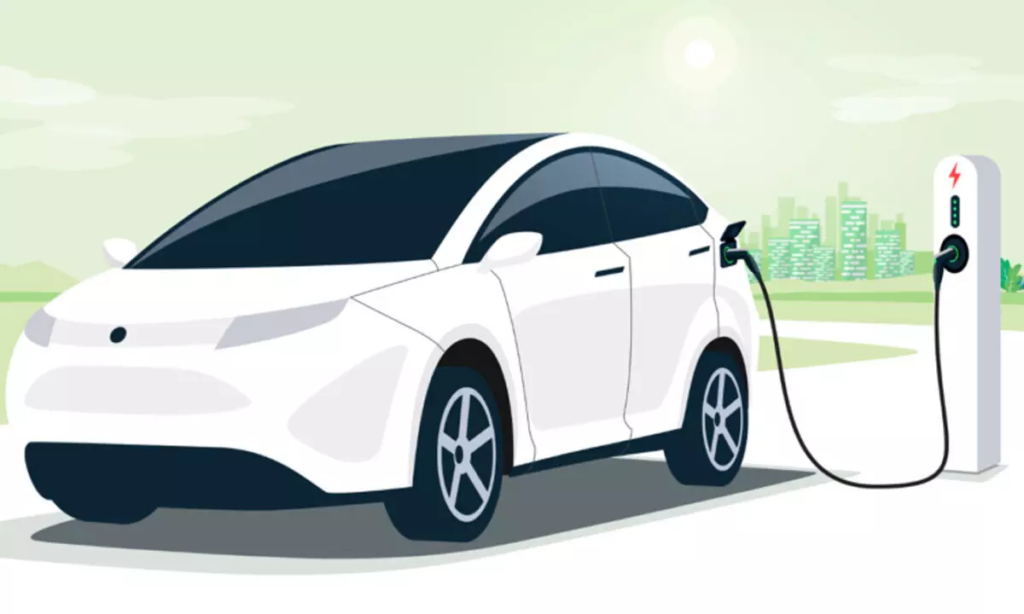The global automotive landscape is undergoing a significant transformation, with electric vehicles (EVs) at the forefront of this evolution. As concerns about climate change, air pollution, and fossil fuel dependency grow, governments worldwide are implementing various incentives and policies to accelerate the adoption of EVs. These measures aim to reduce greenhouse gas emissions, improve air quality, and foster innovation in the automotive sector. This article explores the diverse range of government incentives and policies promoting EV adoption, their effectiveness, and the challenges they face.

The Need for EV Adoption
Environmental Concerns
The transportation sector is a major contributor to global greenhouse gas emissions, accounting for nearly a quarter of the total emissions. Traditional internal combustion engine (ICE) vehicles are significant sources of carbon dioxide (CO2) and other pollutants such as nitrogen oxides (NOx) and particulate matter (PM). The transition to EVs, which produce zero tailpipe emissions, is seen as a crucial step in mitigating climate change and improving urban air quality.
Energy Security
Many countries are heavily reliant on imported oil, making them vulnerable to fluctuations in oil prices and geopolitical tensions. EVs offer an opportunity to diversify energy sources, relying on domestic electricity production rather than foreign oil. This shift can enhance national energy security and reduce exposure to volatile global oil markets.
Economic Benefits
The growth of the EV industry presents significant economic opportunities, including job creation in manufacturing, infrastructure development, and related services. Governments recognize the potential for economic growth through investments in EV technology, positioning themselves as leaders in the emerging green economy.

Types of Government Incentives and Policies
Financial Incentives
Purchase Subsidies and Rebates
Many governments offer direct financial incentives to reduce the upfront cost of EVs. These can take the form of purchase subsidies, rebates, or tax credits. For instance, the United States provides a federal tax credit of up to $7,500 for the purchase of a new EV, while Germany offers a combination of federal and state incentives that can amount to over €9,000.
Tax Exemptions and Reductions
Tax incentives play a significant role in making EVs more affordable. These can include exemptions from value-added tax (VAT), reduced registration fees, and lower annual road taxes. Norway, for example, exempts EVs from VAT and registration fees, making EVs more competitive with ICE vehicles.
Non-Financial Incentives
Access to High-Occupancy Vehicle (HOV) Lanes
To encourage EV adoption, some regions allow EVs to use HOV lanes, even with a single occupant. This can significantly reduce commute times and provide a tangible benefit for EV owners. California has been a pioneer in this regard, granting HOV lane access to EVs and plug-in hybrids.
Free or Reduced-Rate Parking
Providing free or discounted parking for EVs in urban areas is another popular incentive. This measure not only makes owning an EV more attractive but also highlights the government’s commitment to promoting sustainable transportation.
Infrastructure Development
Charging Infrastructure
A robust charging infrastructure is critical for widespread EV adoption. Governments are investing in the development of public charging networks, including fast chargers and strategically placed charging stations. The European Union has set ambitious targets for the deployment of EV charging points, aiming for 1 million public chargers by 2025.
Standardization and Interoperability
To ensure a seamless charging experience, governments are promoting the standardization of charging connectors and payment systems. This reduces complexity for EV users and encourages interoperability across different charging networks.
Research and Development Support
Funding for Innovation
Governments are providing grants and funding to support research and development in EV technology. This includes advancements in battery technology, energy management systems, and vehicle-to-grid integration. The U.S. Department of Energy, for instance, has invested billions in EV-related research projects.
Public-Private Partnerships
Collaboration between the public and private sectors is essential for accelerating technological innovation and scaling up EV production. Governments are fostering partnerships with automakers, energy companies, and tech firms to drive advancements in EV technology and infrastructure.
Regulatory Measures
Emission Standards and Fuel Economy Regulations
Stringent emission standards and fuel economy regulations are compelling automakers to invest in cleaner technologies. The European Union’s CO2 emission targets for new cars are among the most rigorous globally, pushing manufacturers to accelerate their transition to EVs.
Mandates and Quotas
Some governments have introduced mandates and quotas to ensure a minimum percentage of EVs in the total vehicle sales. California’s Zero Emission Vehicle (ZEV) mandate requires automakers to produce a certain number of zero-emission vehicles relative to their overall sales, effectively boosting the availability of EVs in the market.
Case Studies of Successful EV Policies
Norway
Comprehensive Incentive Package
Norway is often cited as a leading example of successful EV adoption. The country’s comprehensive incentive package includes significant tax exemptions, free toll roads, access to bus lanes, and extensive charging infrastructure. As a result, EVs account for over 50% of new car sales in Norway.
Long-Term Vision
Norway’s success can also be attributed to its long-term vision and consistent policy framework. The government has set a target to phase out the sale of new ICE vehicles by 2025, providing a clear direction for the automotive industry and consumers.
China
Government-Driven Expansion
China has emerged as the largest market for EVs, driven by strong government support and investment. The Chinese government offers substantial subsidies, tax incentives, and grants for EV buyers and manufacturers. Additionally, it has invested heavily in charging infrastructure, with a focus on urban centers.
Innovation and Local Production
China’s policies have also fostered innovation and local production. Domestic manufacturers like BYD and NIO have become global leaders in EV technology, supported by government initiatives that promote research and development.
United States
Federal and State Initiatives
The U.S. has a mix of federal and state-level incentives to promote EV adoption. The federal tax credit for EV purchases is complemented by state-specific programs, such as California’s Clean Vehicle Rebate Project (CVRP) and New York’s Drive Clean Rebate.
Infrastructure Investment
The U.S. government has committed to expanding the national EV charging network, with significant investments in public and private charging stations. This includes funding from the Bipartisan Infrastructure Law, which allocates $7.5 billion for EV charging infrastructure.
Challenges and Barriers
High Upfront Costs
Despite the incentives, the upfront cost of EVs remains a barrier for many consumers. While prices are gradually decreasing, EVs are often still more expensive than their ICE counterparts. Governments need to continue providing financial incentives and support to make EVs more affordable.
Charging Infrastructure
The availability and reliability of charging infrastructure are critical for EV adoption. While significant progress has been made, many regions still lack adequate charging facilities, particularly in rural areas. Governments must invest in expanding and upgrading charging networks to meet the growing demand.
Consumer Awareness and Perception
Consumer awareness and perception of EVs can influence adoption rates. Misconceptions about range anxiety, charging times, and the overall cost of ownership can deter potential buyers. Governments and industry stakeholders need to invest in education and awareness campaigns to address these concerns.
Supply Chain and Production
The supply chain for EV components, particularly batteries, poses challenges. The production of lithium-ion batteries relies on raw materials such as lithium, cobalt, and nickel, which are subject to supply constraints and ethical concerns. Governments and industry players must work together to develop sustainable and ethical supply chains.

Future Outlook
Continued Policy Support
Governments worldwide are expected to continue and expand their support for EV adoption. This includes maintaining and enhancing financial incentives, investing in infrastructure, and introducing stricter regulatory measures. The global push towards net-zero emissions will drive further policy developments in the EV sector.
Technological Advancements
Advancements in EV technology, particularly in battery performance and charging speed, will play a crucial role in accelerating adoption. Continued research and development, supported by government funding and public-private partnerships, will lead to more efficient, affordable, and accessible EVs.
Market Growth and Competition
As the EV market grows, competition among automakers will intensify. This competition will drive innovation, improve product offerings, and reduce costs, making EVs more attractive to consumers. Governments will play a key role in fostering a competitive and dynamic market environment.
Global Collaboration
International collaboration and harmonization of policies will be essential for the global transition to EVs. Governments, industry stakeholders, and international organizations must work together to address common challenges, share best practices, and promote sustainable transportation on a global scale.

Conclusion
Government incentives and policies are crucial in promoting the adoption of electric vehicles. By addressing financial, infrastructural, and regulatory barriers, these measures create a conducive environment for the growth of the EV market. While challenges remain, continued policy support, technological advancements, and global collaboration will drive the transition to a sustainable and electrified transportation future. As governments worldwide prioritize environmental sustainability and energy security, the adoption of EVs will continue to accelerate, reshaping the automotive industry and contributing to a cleaner, greener planet.
For more such content, please visit QAWire


